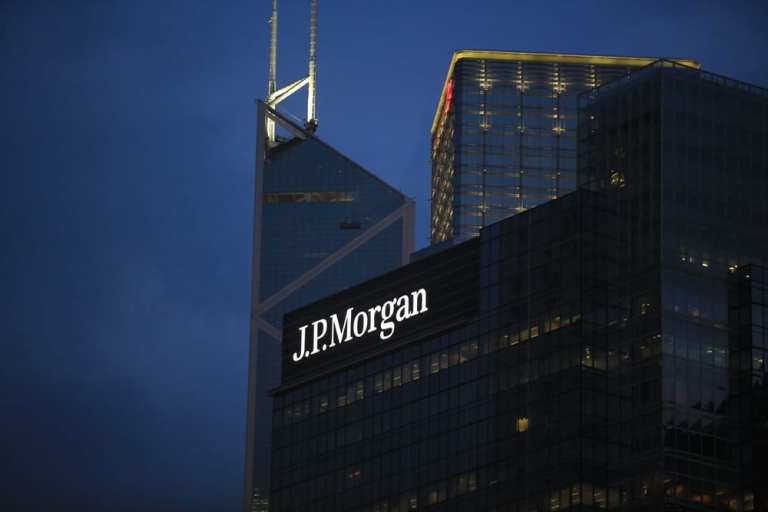JPMC CEO: Bank Plans FinTech, Other ‘Very Creative’ Acquisitions

Billions of dollars in earnings. Billions of dollars in the bank.
Time to go shopping?
As reported by CNBC, Jamie Dimon, CEO of JPMorgan, said at the company’s investor day Tuesday that “we are looking, and will be much more aggressive with acquisitions.”
And with a nod toward what might be in the crosshairs, Dimon said that acquisitions would be somewhere within financial services and technology, and decidedly not in traditional banking (read: checking and deposits). Melding financial services and technology yields, of course, FinTech.
Dimon has said that the motivation stems from competition from a range of firms such as Amazon and Google, and small FinTechs.
“That’s the world we are going to face, and we’re prepared,” he said. And according to CNBC, the deals could complement the recent buys of InstaMed and WePay.
“You’re going to get some form of competition from Apple, Amazon, Facebook, Google, WeChat, Alipay; you’re going to get it across payments, white label, black label and bank-in-a-box and marketplaces…when it comes to M&A, we should be very, very creative,” he said at the conference
In the meantime: Let the guessing games begin.
The statements by Dimon come after Morgan Stanley struck a $13 billion deal to buy E-Trade, and LendingClub is spending about $185 million to buy Radius Bancorp. In those deals, scale seems to be the name of the game, as does the embrace of a platform model, as we wrote in this space earlier this week.
Those two buys do a couple of things. In the case of the LendingClub deal, the aim has been to leapfrog waiting for a bank charter and to reduce costs of funding. In the case of the Morgan Stanley acquisition, the goal is to move downstream. In both cases, digitalization is the name of the game, attracting younger, tech-savvy, mobile consumers who may find appeal in a one-stop shop for their financial needs. Cross-pollination is an attractive business endeavor for any company — but perhaps especially so for financial services companies that are still grappling with lower interest rates, which tend to put a dent in net interest income margins.
There may be partial tip of the hand with the news, also this week, that JPMorgan is planning to launch a digital bank in the United Kingdom, where open banking is taking root, and where, perhaps Goldman’s success with Marcus has gotten notice, with a $16 billion equivalent in deposits. Elsewhere, having shuttered Finn, its digital bank, in 2019, after only a year, the decision is likely to buy rather than build. And this time around, digital banking efforts may look toward taking on tech and application programming interfaces (APIs) that allow for services delivered through platforms.
At least some foundation has already been set even in an arena where Google, for example, is looking to set up checking accounts for consumers: The company said in materials released in tandem with investor day that it has 28 million customer visits, calls and digital logins per day, and active digital customers in 2019 topped 52 million, up six percent. Active mobile customers were up 12 percent to 37.3 million. The company has said, too, that 74 percent of consumer bank customers are digitally active. Chase QuickPay users were up 28 percent year over year to 9.8 million active users, and 35 percent of check deposits are done by QuickDeposit, up 6 percent year over year.
Time for JPMorgan to bring out the big guns, it seems, in the hunt for new targets?